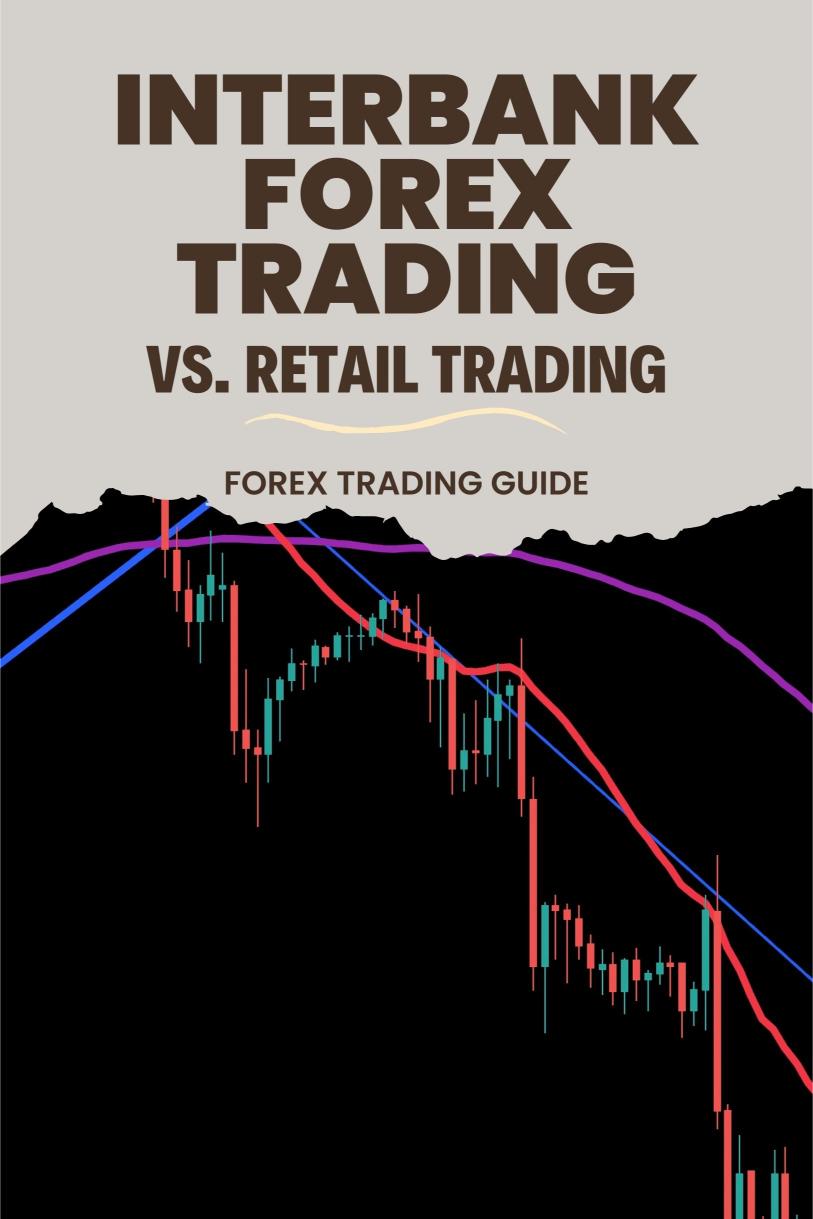Last Updated on February 6, 2025 by Arif Chowdhury
Ever sat down and wondered why your Forex trades don’t stack up against the big players?
Why does it seem like they’re always a step ahead?
As a seasoned Forex trader since 2015, I’ve navigated through both the retail and interbank trading worlds.
I’ve learned that the strategies employed in these two spheres are as different as night and day.
Let’s dive into why that is.
The Scale of Trading
Interbank trading is done on a massive scale.
Think about it:
- Daily Volume: The Forex market sees a staggering $6.6 trillion traded every day.
- Liquidity: Banks and financial institutions can move huge amounts of currency without causing a blip in the market.
Retail traders, on the other hand, are often limited to smaller amounts.
This difference in scale impacts how strategies are formed.
Speed and Execution
Ever heard of “the faster, the better”?
In interbank trading, execution speed is everything.
- Order Execution: Interbank traders often enjoy execution times as low as 0.01 seconds.
- Market Depth: They have direct access to market liquidity, allowing for better pricing and faster trades.
Retail traders are often at the mercy of their brokers.
This delay can lead to slippage, where your order fills at a different price than expected, eating into your profits.
Information Access
This brings us to information.
Interbank traders have access to exclusive data.
- Market Insights: They get real-time analytics and insights that aren’t available to retail traders.
- News Feeds: Access to high-speed news feeds can dramatically shift strategies.
As a retail trader, you might be waiting for the morning news to hit your feed, while banks are already making moves based on information that’s been processed.
Risk Management Techniques
Risk management is crucial.
Interbank traders employ advanced techniques:
- Hedging Strategies: They can hedge positions across multiple markets, minimizing potential losses.
- Diversification: Institutions can afford to diversify across various asset classes, something retail traders often can’t fully replicate.
On the retail side, we might have to rely more on basic stop-loss orders and a few diversified currency pairs.
Trading Costs
Let’s talk about costs.
Interbank traders benefit from:
- Tighter Spreads: They often trade with spreads as low as 0.6 pips.
- No Commissions: Many interbank transactions come with zero commission fees.
Retail traders, however, frequently pay wider spreads, which can eat into profits.
This difference affects how strategies are constructed.
Psychological Factors
Trading psychology can’t be overlooked.
Interbank traders have teams of analysts and risk managers.
They operate with a level of detachment that’s hard for retail traders to achieve.
Retail traders often trade with emotions:
- Fear of missing out
- Overreaction to losses
This emotional element can impact decision-making, leading to inconsistent results.
Long-Term Strategies vs. Short-Term Gains
Interbank strategies often focus on long-term stability.
They’re not just chasing quick wins.
- Portfolio Diversification: Interbank traders often hold positions for longer durations, minimizing the impact of short-term volatility.
As a retail trader, I’ve developed a unique approach through my journey.
I focus on long-term strategies that target 200-350 pips.
It’s about resilience and consistency.
Conclusion
So, why do interbank Forex trading strategies differ from retail trading?
It boils down to scale, speed, information access, risk management, costs, psychology, and strategy focus.
Understanding these differences can help you refine your own trading approach.
If you’re serious about elevating your Forex game, consider checking out some of the best Forex brokers I’ve tested.
And don’t forget to explore my unique portfolio of 16 sophisticated trading bots, designed to navigate the market effectively.
These tools can support your journey toward consistent profitability.
